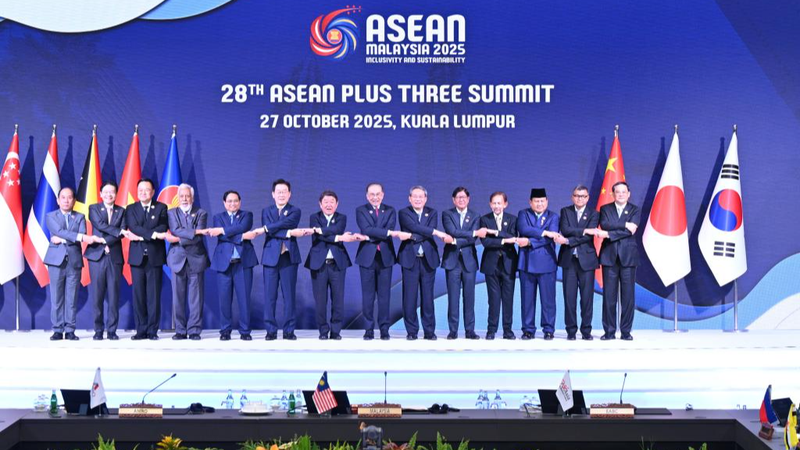As leaders from the Chinese mainland and the Association of Southeast Asian Nations (ASEAN) convene in Kuala Lumpur this week, all eyes are on CAFTA 3.0. This upgrade to the China-ASEAN Free Trade Area is set to be signed later this year, redefining regional economic integration and boosting global trade.
What’s on the table?
Since its inception in 2010, CAFTA has driven deep integration of China-ASEAN trade. The 3.0 Upgrade Protocol aims to lower tariffs, streamline customs, and incorporate digital and green economies—keeping markets open amid global uncertainties.
Trade by the numbers
Bilateral trade has soared from under $8 billion in 1991 to nearly $1 trillion in 2024. In the first three quarters of this year, trade between the two sides reached 5.57 trillion yuan ($785 billion), up 9.6% year on year—proof of a partnership that only grows stronger.
Infrastructure and beyond
Major projects like the Jakarta-Bandung High-Speed Railway and the China-Laos Railway are cutting travel times and logistics costs. From Thai latex pillows to new energy vehicles, goods and people are moving faster, knitting the region closer together.
Looking ahead
Chinese premier Li Qiang has reaffirmed support for ASEAN centrality at the fifth RCEP Leaders’ Meeting, calling for practical outcomes and shared prosperity. As CAFTA 3.0 takes shape, businesses, travelers, and changemakers stand to benefit from a more open and connected ASEAN.
Reference(s):
China, ASEAN join hands to write new chapter in regional integration
cgtn.com
